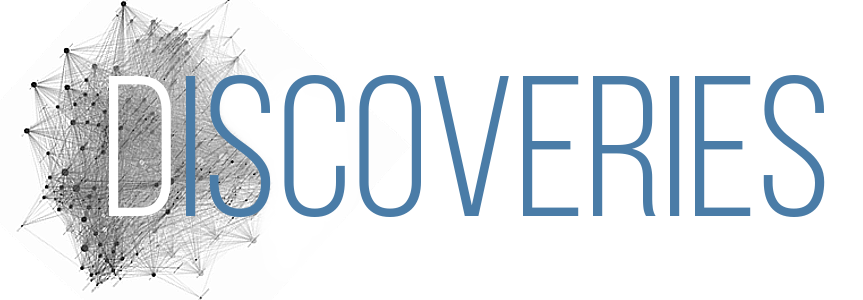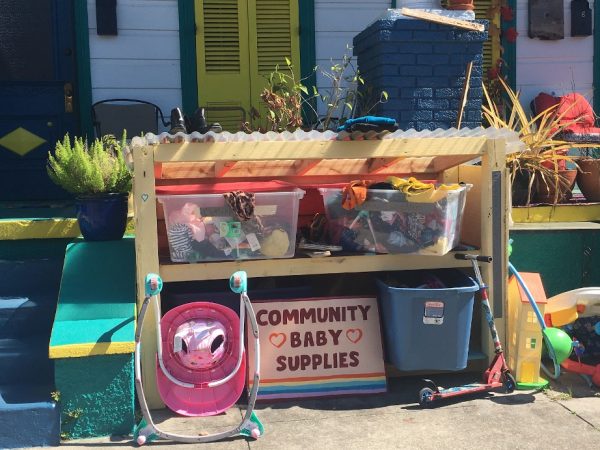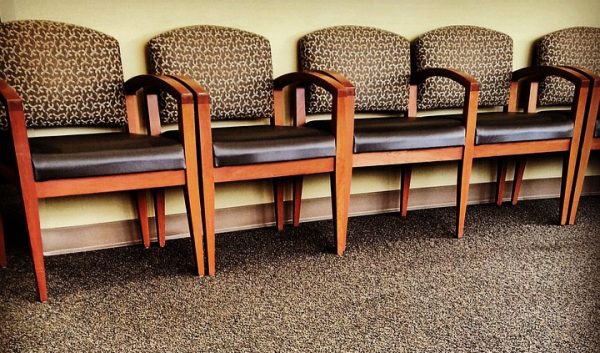
The world changed.” That quotation sums up the experiences of participants in a new study by researchers Corey Moss-Pech, Steven H. Lopez, and Laurie Michaels. The researchers developed the term educational downgrading to describe how some workers are pursuing different types of education in the years since the Great Recession of 2008.
Educational downgrading refers to workers returning to school to obtain a degree or credential at a lower level than educational credentials that they already have. While some individuals return to school for reasons of personal fulfillment or occupational upgrading, this term specifically refers to individuals responding to structural changes in the labor market. Facing a changed world, where professions increasingly require specialized credentials, the risk and expense of training is increasingly put on employees rather than employers, and some career paths simply no longer exist, these participants are pursuing new educational forms in an effort to manage or stop downward class mobility.
Researchers identified three circumstances that can lead to educational downgrading: occupational dead ends, career reversals, and educational inflation. These categories included participants across a range of ages and previous qualifications.
Participants facing occupational dead ends felt that they had advanced as far as they could in their chosen field. They decided that they needed a new certificate to move into related work, even though the certificate was at a lower level of education than they previously achieved. Examples of participants in this category included a researcher who got a teaching license, a fine arts major who got an associates in communications for graphic design work, and an electrical engineer who got a certificate in IT.
Participants facing career reversals found that their previously established careers were no longer available. For instance, participants with established careers in banking, law, public health, and digital media had faced significant periods of unemployment and were looking for an entirely new career path.
Finally, some participants were looking to obtain credentials in the face of educational inflation. Credential inflation, or jobs requiring additional, more specialized, or higher credentials than previously, affected all participants in this study in some way. But educational inflation especially hit older adults who had been able to start a middle-class career without a bachelor’s degree prior to 2000. After losing their job in the 2008 recession, these workers found it impossible to apply for jobs that would maintain their status without a bachelor’s. Many of these participants settled for pursuing an alternative certification when they were unable to afford a four-year school.
This study is an important contribution to research mapping how economic conditions after the Great Recession continue to shape school and work trajectories today. Job seekers are negotiating an altered landscape, one with new credential requirements, increasing inequality between types of jobs, and risk increasingly shifted onto individuals. For many of the participants in the study, a new certificate was necessary but not sufficient. These participants scraped together money for a new certificate but were still unable to secure work that would improve their financial situation.
Educational downgrading highlights how adult education today isn’t just about self-fulfillment, educational upgrading, or occupational sidestepping. Instead, many adult learners are simply trying to maintain their occupational status or stop a downward slide.









